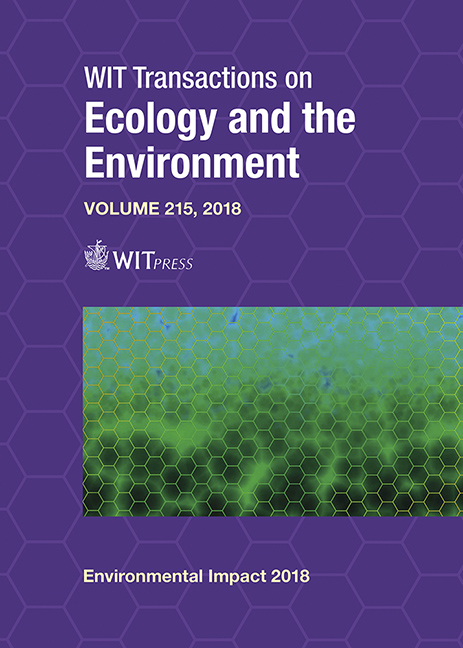DEEP LEARNING APPLICATION TO TIME-SERIES PREDICTION OF DAILY CHLOROPHYLL-A CONCENTRATION
Price
Free (open access)
Transaction
Volume
215
Pages
7
Page Range
157 - 163
Published
2018
Paper DOI
10.2495/EID180141
Copyright
WIT Press
Author(s)
HYUNGMIN CHO, U-JIN CHOI, HEEKYUNG PARK
Abstract
Algal bloom in rivers is a major environmental concern which threatens the stable water supply and river ecosystem. Due to its complexity and nonlinearity, previous studies have tried various machine learning techniques to predict algal bloom. However, conventional approaches have limitations on predicting unobserved near future, and thus it is hard to apply to actual preparation policy. In this study, long short-term memory (LSTM), as a deep learning approach, is applied to predict the concentration of chlorophyll-a. Daily measured water quality information is used as input data and chlorophyll-a is used to output value for representing algal bloom. In addition to 1-day prediction, 4-days prediction task is attempted as sequence data prediction. As a result, LSTM network shows better performance, compared to the previous approaches, in predicting chlorophyll-a in 4-days prediction as well as 1-day prediction. In addition, the regularization methods are applied to model and batch normalization is proved to be a suitable way to improve accuracy. This result can lead to improvement in preventing algal bloom and also suggest various applications of deep learning methods in chlorophyll-a prediction task.
Keywords
algal bloom, chlorophyll-a, long short-term memory, LSTM





